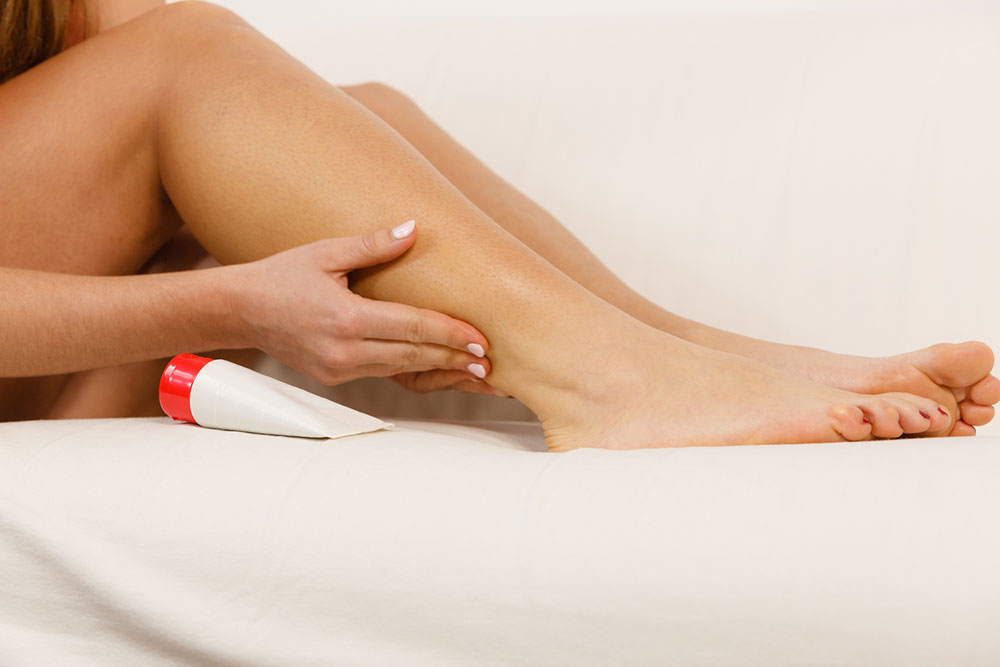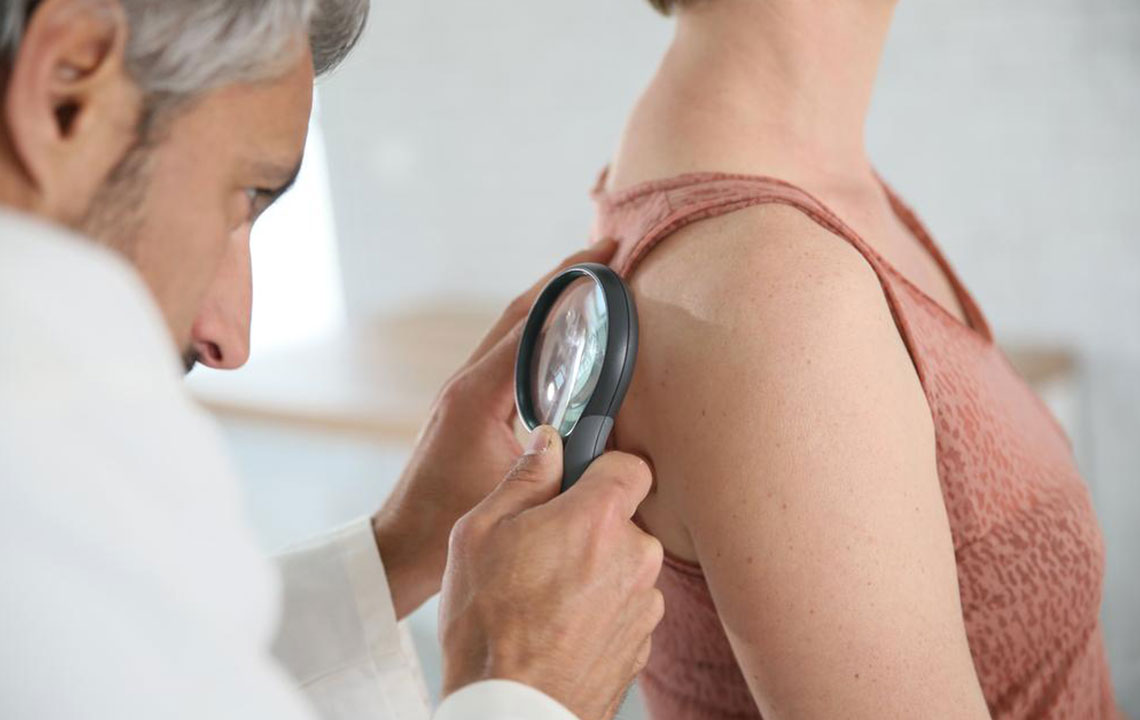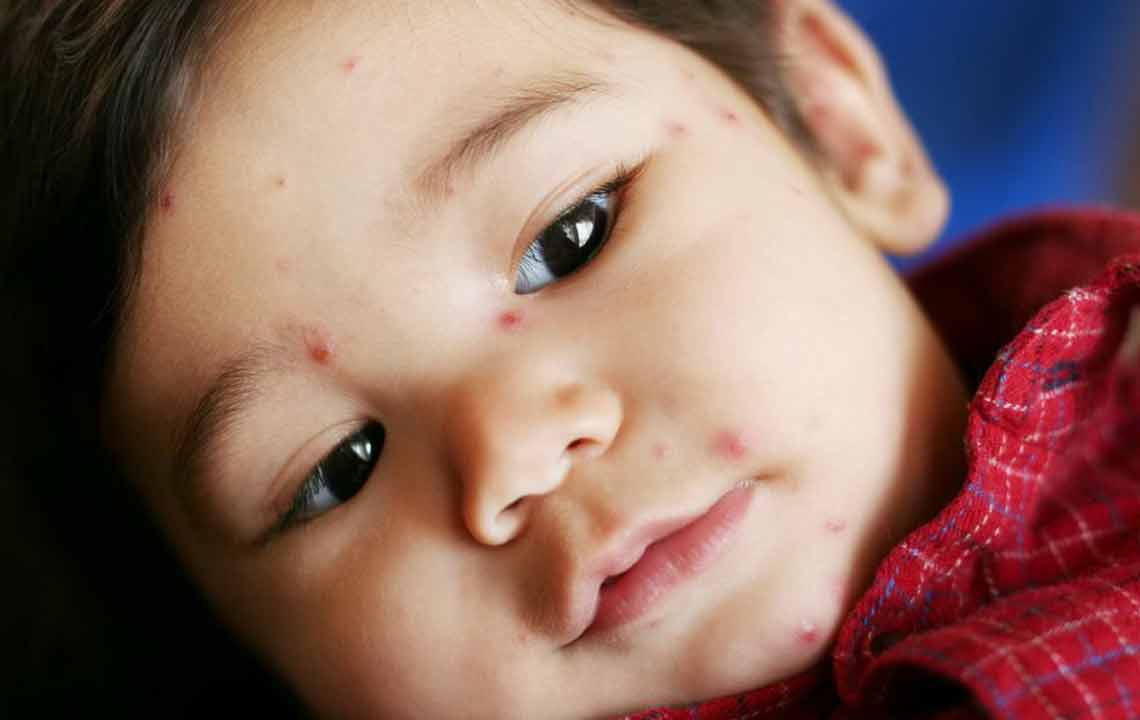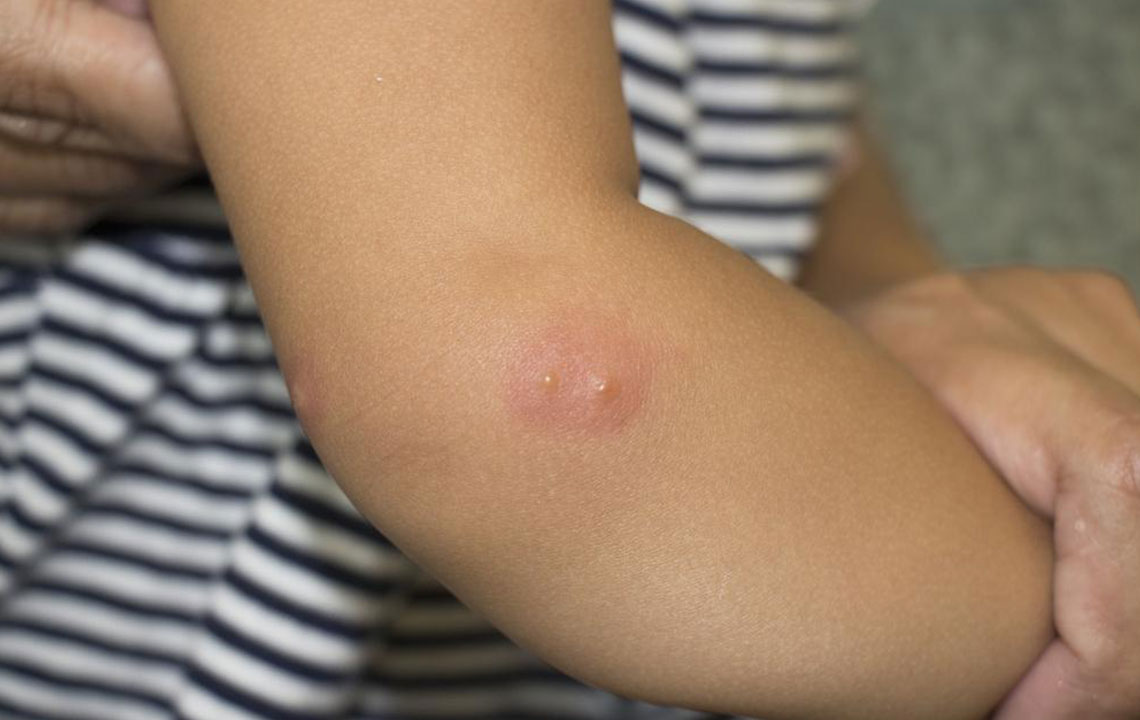Effective Strategies for Managing Shingles Rash and Itching
Learn effective ways to soothe shingles-related rashes and itching. This article provides practical tips like oatmeal baths, cold compresses, and skin-friendly clothing to ease discomfort. Embrace mental health support and healthy habits to boost recovery. Understand that while these remedies help manage symptoms, shingles generally resolves over time with proper care. Ideal for those seeking comfort during shingles flare-ups and looking for natural, easy-to-implement solutions to enhance their well-being.

Effective Strategies for Managing Shingles Rash and Itching
Herpes zoster, commonly known as shingles, often leads to painful skin rashes. This viral condition originates from the varicella-zoster virus, the same that causes chickenpox. After childhood infection, the virus remains dormant but can reactivate later in life, resulting in severe rashes and discomfort. Statistics indicate that nearly one-third of individuals will experience shingles at some point. While there's no instant cure, various supportive measures can significantly ease symptoms and improve quality of life.
Shingles typically lasts between two to four weeks, characterized by rashes that cause pain, itching, and burning sensations—leading to intense discomfort. Although symptom relief can be challenging, certain therapies can help.
Managing shingles rash and itchiness
Prioritizing symptom relief is essential for maintaining your daily routines. Here are some helpful tips.
Oatmeal Bath: Soaking in a cool oatmeal bath can soothe irritated skin. Simply add finely ground colloidal oatmeal to cold water and immerse yourself for relief. This natural treatment can calm itching and reduce discomfort, making it one of the top remedies for shingles skin issues.
Cold Compress: Applying a cold compress directly on blisters can lessen burning and pain. Use a damp, cooled cloth for about 20 minutes, ensuring the blisters are not oozing. This approach also helps keep the affected area clean, preventing infection. Remember to discontinue if blisters start to heal or if discomfort diminishes.
Stop using cold packs once blisters cease oozing.
Apply when using topical treatments like patches or creams.
Wearing Loose Clothing: Tight-fitting or synthetic fabrics can irritate shingles lesions. Opt for loose, breathable clothes made from natural fibers that won’t stick to or aggravate your rash. Avoid bandages that might cause irritation; instead, choose soft, non-adherent fabrics for coverage.
Mental Well-being: The pain and appearance of shingles can take a toll psychologically. Managing mental health is crucial—practice relaxation techniques and stay positive. Supporting your emotional state complements physical treatments and speeds recovery.
Healthy Lifestyle Habits: Building immune strength aids in fighting shingles. Focus on eating nutritious foods, ensuring adequate sleep, and engaging in regular physical activity. These habits bolster your body's resilience, helping to manage symptoms more effectively.
While these methods can alleviate symptoms, remember that shingles typically resolves naturally over time. Patience and supportive care are key.










